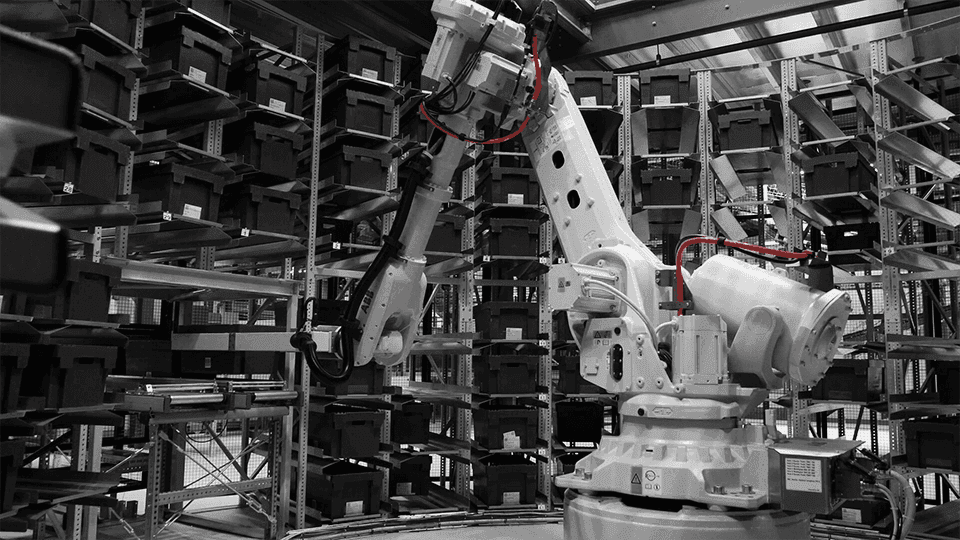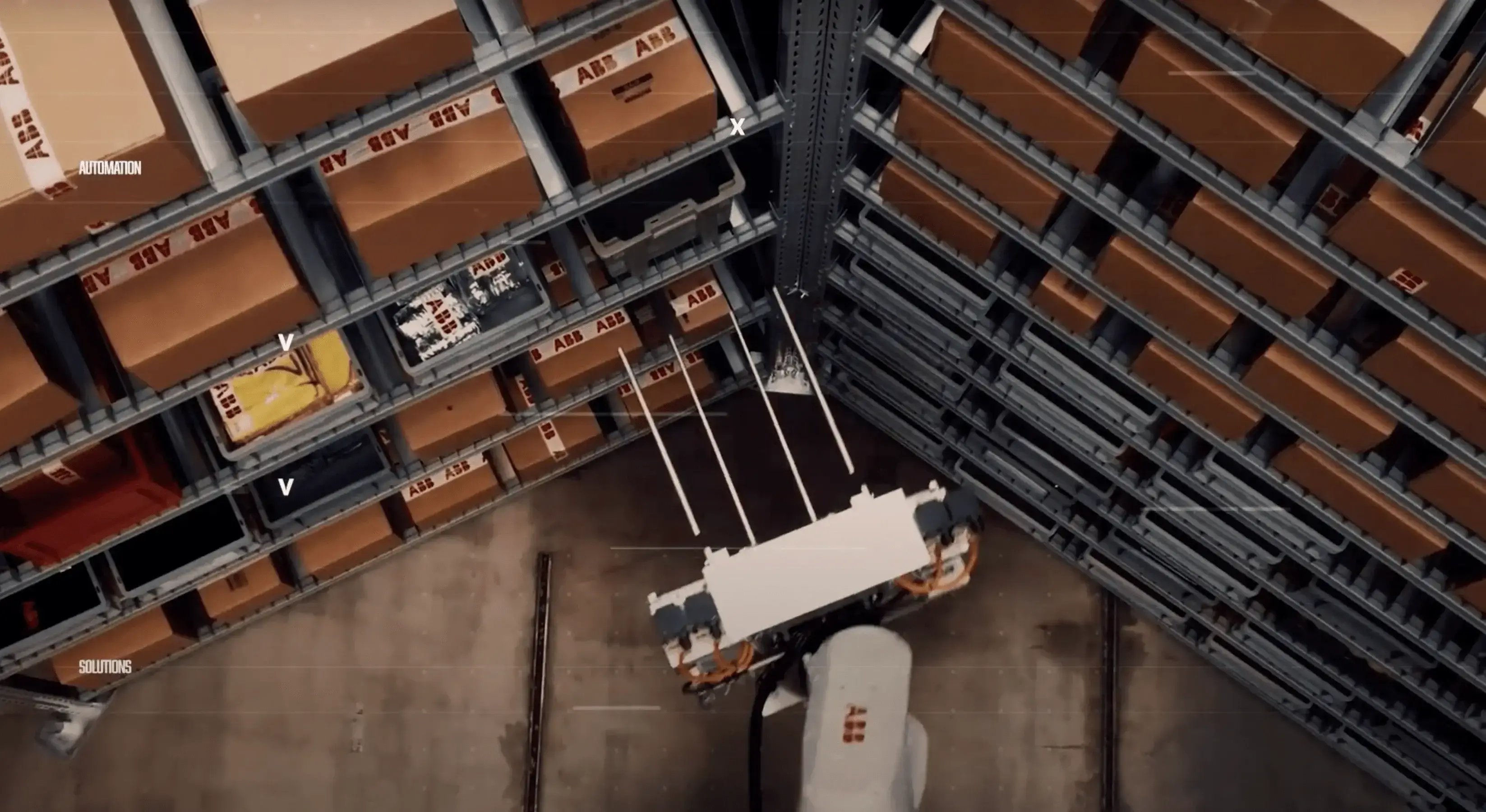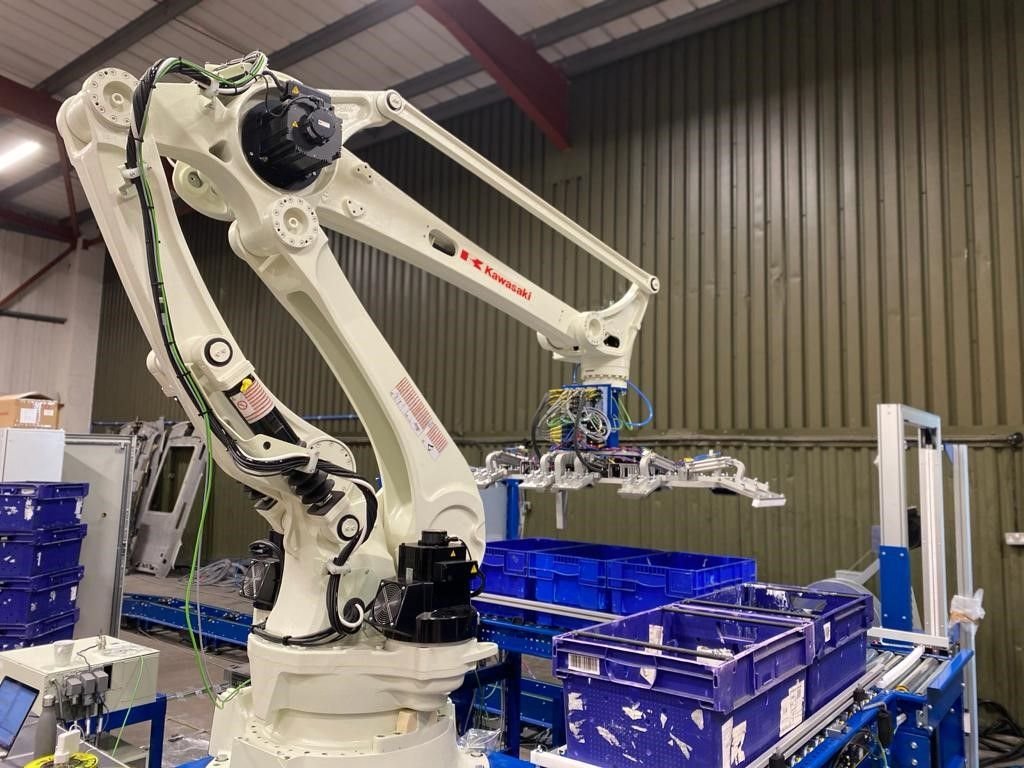Physical Robotic Automation in Industry
On the factory floor, robotic automation involves robot-based automation using mechanical devices like robotic arms, Automation Robots, and vision-guided systems. These robot systems are deployed to improve cycle times, reduce injuries from manual handling, and optimise material flow across production zones.
Examples include:
- Palletiser Systems for packaging and stacking
- Pick-and-Place Arms for high-speed sorting and assembly
- Returns processing units to automate reverse logistics
When integrated with sensors and control systems, these robots provide consistent performance and safety in environments such as manufacturing, food processing, logistics, and pharmaceuticals. For many operations, using used robots or reprogrammed robotic systems offers a cost-effective method to begin the transition to automated systems. L-A-C also works with equipment manufacturers to supply automatic equipment that can be scaled or adapted for unique production needs.




